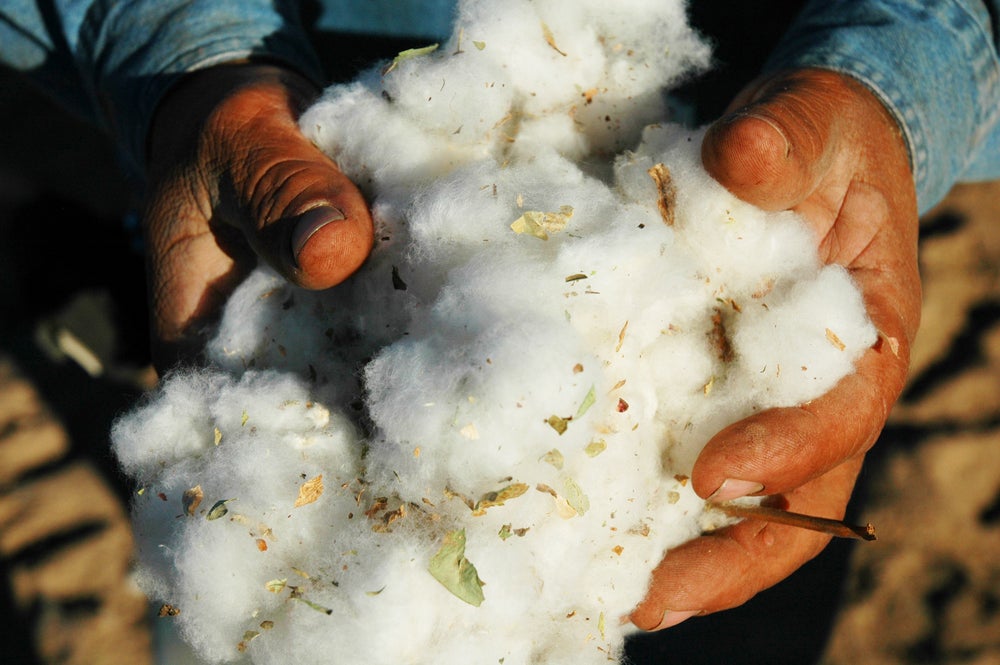
Less than one per cent of the cotton on the market is organic. It is also difficult to trace cotton’s organic credentials. To achieve this aim Bestseller’s menswear brand Jack & Jones plans to boost the amount of direct-to-farm cotton in its extrensive replenishment programme.
Over 25% of Jack & Jones’ estimated total amount of cotton for the upcoming year will be from direct-to-farm sales. By sourcing 30% of its whole cotton supply from organic or in-conversion cotton by 2025, the brand is on its way to meeting Bestseller’s Fashion FWD target.
“It’s a great commitment, and it signals that this is the way forward. One of our main environmental impacts lies within the materials we use, so moving from conventional cotton to direct-to-farm has a substantial impact,” said Anders Gam, Jack & Jones’ brand director.
A majority of the cotton will go into their NOOS (Never Out Of Stock) project. NOOS accounts for almost half of Jack & Jones’ overall revenue and focuses on timeless styles.
Jack & Jones’ use of direct-to-farm cotton will allow them to acquire more organic cotton and improve the relationship between manufacturers and farmers.
Senior project specialist at Bestseller, Danique Lodewijks, added: “When sourcing through direct-to-farm, we know where our raw materials come from and the communities that grow it, as well as what impact our investment has.

US Tariffs are shifting - will you react or anticipate?
Don’t let policy changes catch you off guard. Stay proactive with real-time data and expert analysis.
By GlobalData“Direct-to-farm focuses on more than just securing the supply of organic cotton. It’s also about supporting farmers and improving their livelihoods – to benefit the entire local community.”



